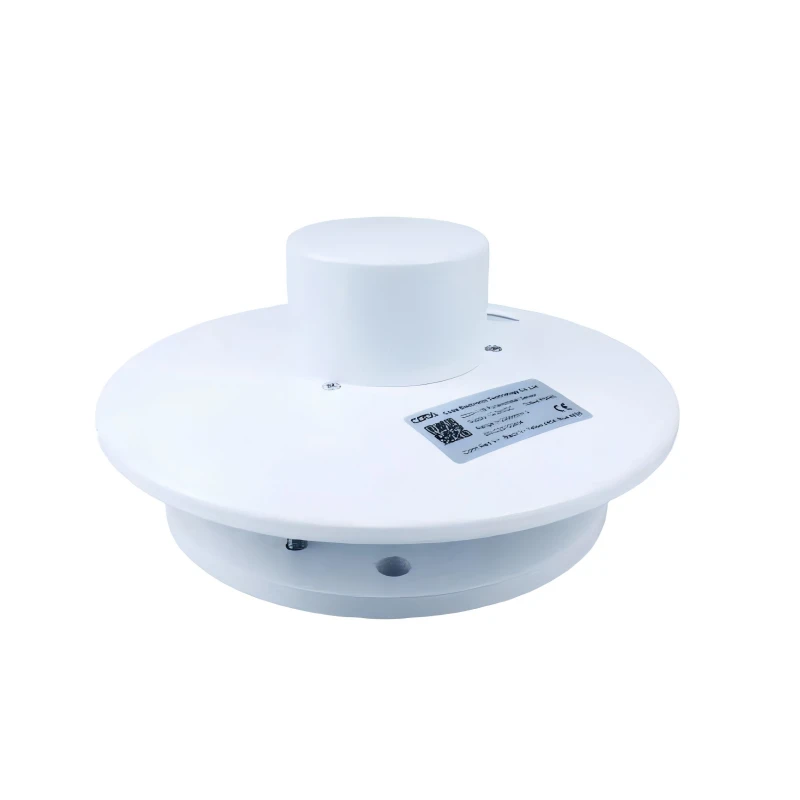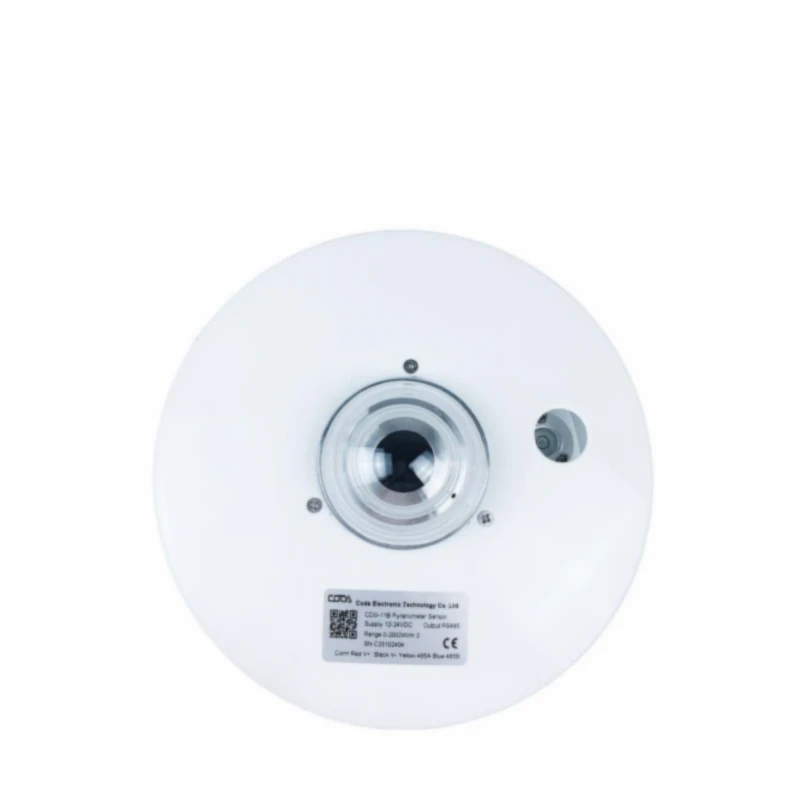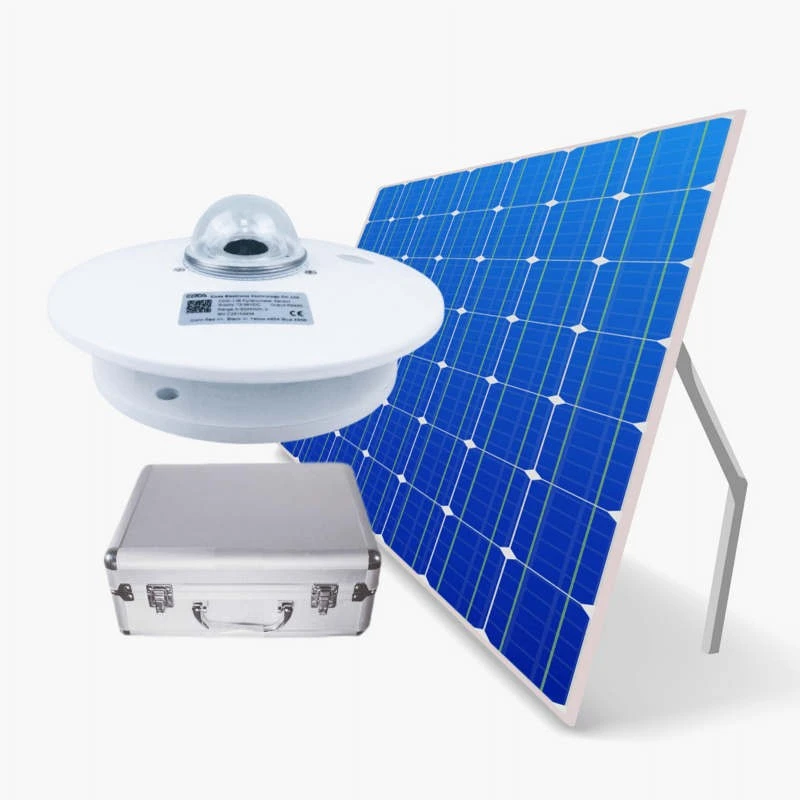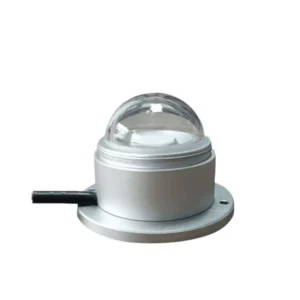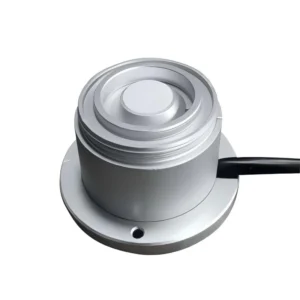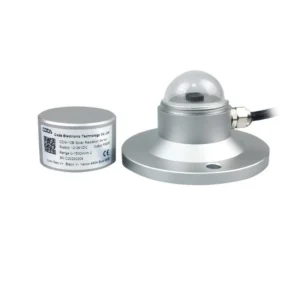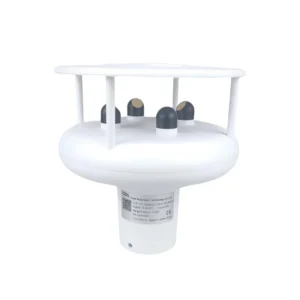Description
CDG-11B Pyranometer Sensor
The CDG-11B is a precision solar pyranometer sensor. It works based on the thermopile principle. The sensing elements are made by winding thermopiles that have many contacts. We coat its surface with a black material that absorbs a lot of light.
Hot contacts are on the surface of the pyranometer. The cold junction is located inside the body. The temperature difference between the hot and cold junction makes an electromotive force.
This thermoelectric effect is linked to solar radiation. To lessen the impact of ambient temperature, a temperature compensation circuit is designed. This circuit helps reduce the effects on product properties.
Dimnsion & Mounting

product details show
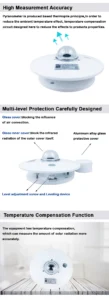
solar pyranometer sensor communications
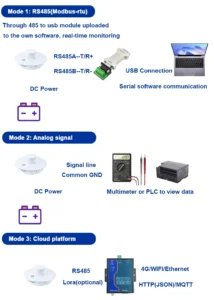
Application
Photovoltaic system:
◉Measure the solar radiation that reaches solar panels. This helps find the best spots for solar power plants. It also assesses the solar resources in different areas. This data supports the planning and building of large solar power plants.
◉We can check if solar panels are blocked by watching a precision pyranometer sensor. It monitors the intensity in real-time. This allows us to see any issues quickly. This could be due to dust, debris, or a malfunction.
This allows for timely cleaning and maintenance. It also helps adjust the panels’ angle and direction. This keeps them in the best position for sunlight, improving power generation and energy output.
Climatic study:
◉Measuring solar radiation that Earth absorbs and reflects helps scientists understand its energy budget. It also helps them study solar radiation’s role in climate change and how the Earth responds. This information is important for predicting climate change trends and creating strategies.
◉We analyzed the link between solar radiation and climate factors, such as temperature and precipitation, using other weather data. We studied how greenhouse gases absorb and scatter solar radiation. We also looked at their effects on the Earth’s climate system. This helps us evaluate the impact of reducing greenhouse gas emissions.
Agricultural field:
◉Measure the solar radiation intensity in the field. This helps farmers see the light conditions for crop growth. Different crops need different amounts of light.
Farmers can adjust planting density and plant spacing. This improves the light for crops. It also helps photosynthesis and boosts crop growth and development.
◉Solar radiation affects how much water evaporates from soil and how crops use water. By tracking solar radiation, soil moisture, and weather data, farmers can create better irrigation plans.
Pyranometer Sensor News
How To Measure Solar Radiation Sensor ? | Photovoltaic Station
What Are Uses Of Pyranometer ? | Coda For Photovoltaic Industry
Pyranometers: all you need to know
